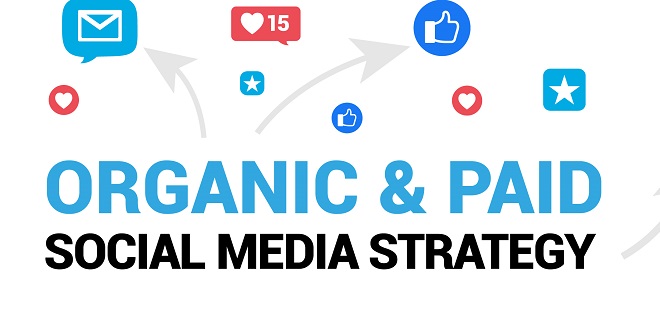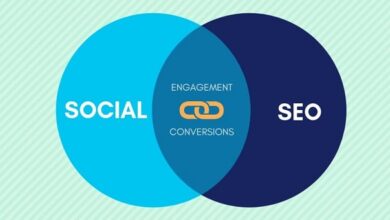Organic vs. Paid Social Media Advertising

What are the Differences?
Paid and organic social media can be used for different purposes. It is important to understand the differences between organic and paid social media in order to achieve conversion and awareness.
If you have never tried paid social marketing before, 2022 is an exciting year. Social media usage grew globally due to the pandemic, which dramatically expanded the reach of advertising.
This article will compare organic social media marketing with paid media advertising . Let’s get going!
What is organic social media?
Free content (posts and photos, videos, memes or Stories) is anything that can be shared. Organic social media refers to all users, brands included, exchanging content on their feeds.
You can predict what you will post to your brand account when you post something naturally.
Your fans
Followers of your followers
People who follow hashtags that you use
Although it may seem obvious, organic social media is essential to any digital marketing strategy. It allows you to build a relationship on a large scale with your audience.
What is social media advertising?
Paid social media can also be called advertising. Businesses can “boost” their organic content and create original ads to reach new audiences on platforms such as Facebook, LinkedIn, Twitter and YouTube. They can also pay them to promote their content.
Paid posts can be a great way for marketers reach new audiences and convert them into consumers on social media. Companies and organizations can use paid social-media promotion to:
Increase brand recognition and attract new customers
Market their latest offer, article, or event.
Produce leads
Conversions of drives (including ecommerce sales)
Social media advertising: Organic vs. Paid
Natural social media strategies foster relationships with clients and customers. It facilitates:
Expand your brand’s reach where consumers are currently using media.
Attracting and maintaining current clients
You can convert new clients by showing your values.
Your paid social media plan will allow you to reach potential clients and viewers in the interim. It allows you to:
Connect with people more effectively
With greater precision, target your ideal client
Reach your business objectives quicker
Conclusion: While organic participation is important for building relationships, it is also evident that pay-to play is now a reality due to network ranking algorithms.
How can you combine organic and paid social media strategies?
Social media is based on organic content. This allows you to keep your existing customers happy and bring in new ones through paid ads. We will discuss how to proceed.
1. Advertisements need not be paid for all of them
First, only invest in advertising if it is going to help you achieve your KPIs, and ultimately, your business goals. Ads are not always the answer in social media.
2. Promote your best organic content
The best posts perform more than just vanity. The easiest way to get into paid advertising is to choose content that resonates with your audience.
3. To optimize your content, use A/B testing
To determine if the advertisement is viable, you can run test copies in front of a smaller audience before allocating any social media investments to it. The CTA, text, graphics, placement, format, and audience targeting can all be tested.
What type of social media works best for you company?
Businesses have the option of using paid or free social media. Because they all serve different purposes and have different priorities, it can be difficult to determine which one is better.
Depending on the needs of your company, each has its advantages and disadvantages. If you don’t have enough funds to pay for social media, consider focusing on organic activities such as creating content and filling out profiles on social media.




